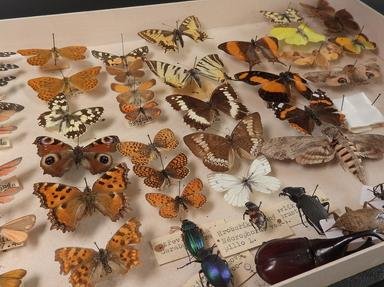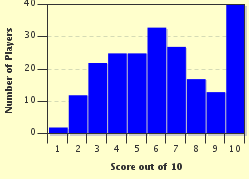Quiz Answer Key and Fun Facts
1. Fruit flies are members of the Insecta class of the animal kingdom. How many wings do insects have? Choose the answer that best describes insects in general.
2. The taxonomic (scientific name) for the common fruit fly, Drosophila melanogaster, has what meaning?
3. The fruit fly Drosophila melanogaster normally has two wings; thus, which order of insects does it belong to?
4. Fruit flies are often used for experiments in genetics. Which of these is not one of the reasons for this?
5. Which of these genetic variations (mutations) is found in the fruit fly, Drosophila melanogaster?
6. Which scientist studied Drosophila melanogaster in the early 20th century and realised the insect's potential importance in genetic research?
7. By which of these names is the fruit fly also known?
8. What part of the world is thought to be the origin of the fruit fly Drosophila melanogaster?
9. Humans taste their food using the tongue, assisted by sense of smell; the fruit fly not only uses the equivalent of the tongue (labial palps), but also other parts of its body. Which parts does it use?
10. The name "fruit fly" is a description of the environment we usually find these little creatures inhabiting. It is well-known that fruit flies like a banana (especially an overripe one). There are other types of fly, many of which like different things: for example, time flies like...
Source: Author
Mistigris
This quiz was reviewed by FunTrivia editor
crisw before going online.
Any errors found in FunTrivia content are routinely corrected through our feedback system.

